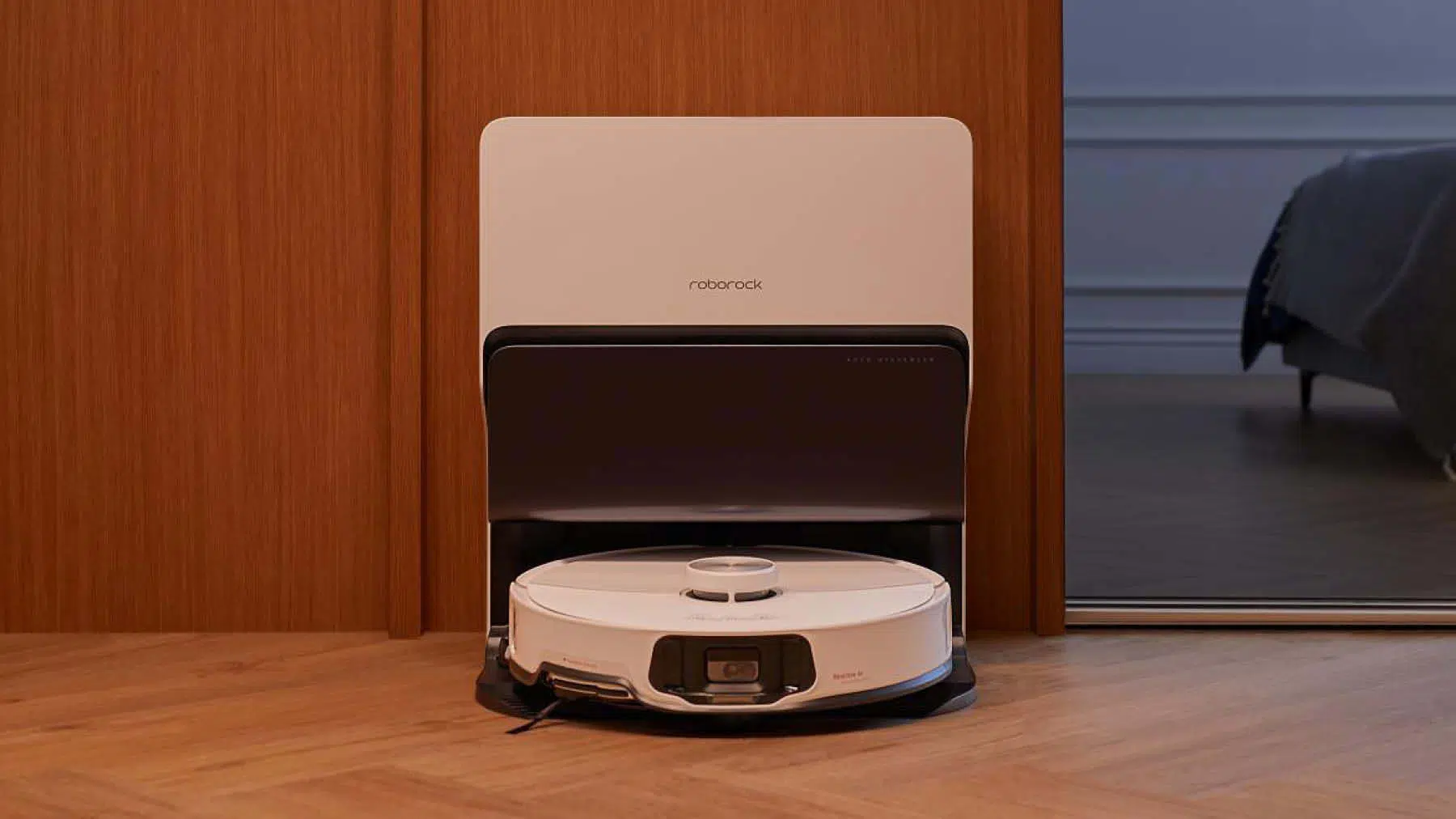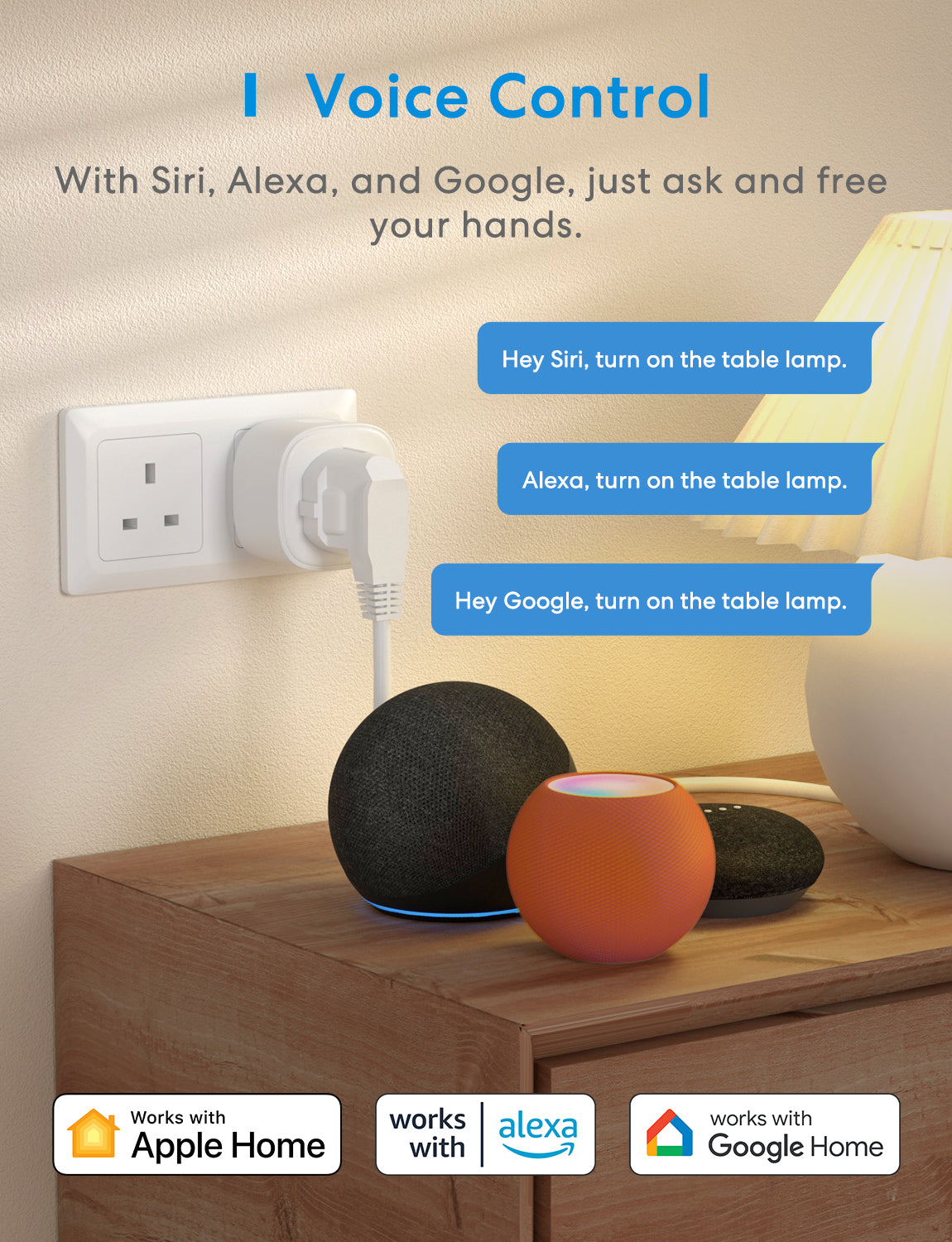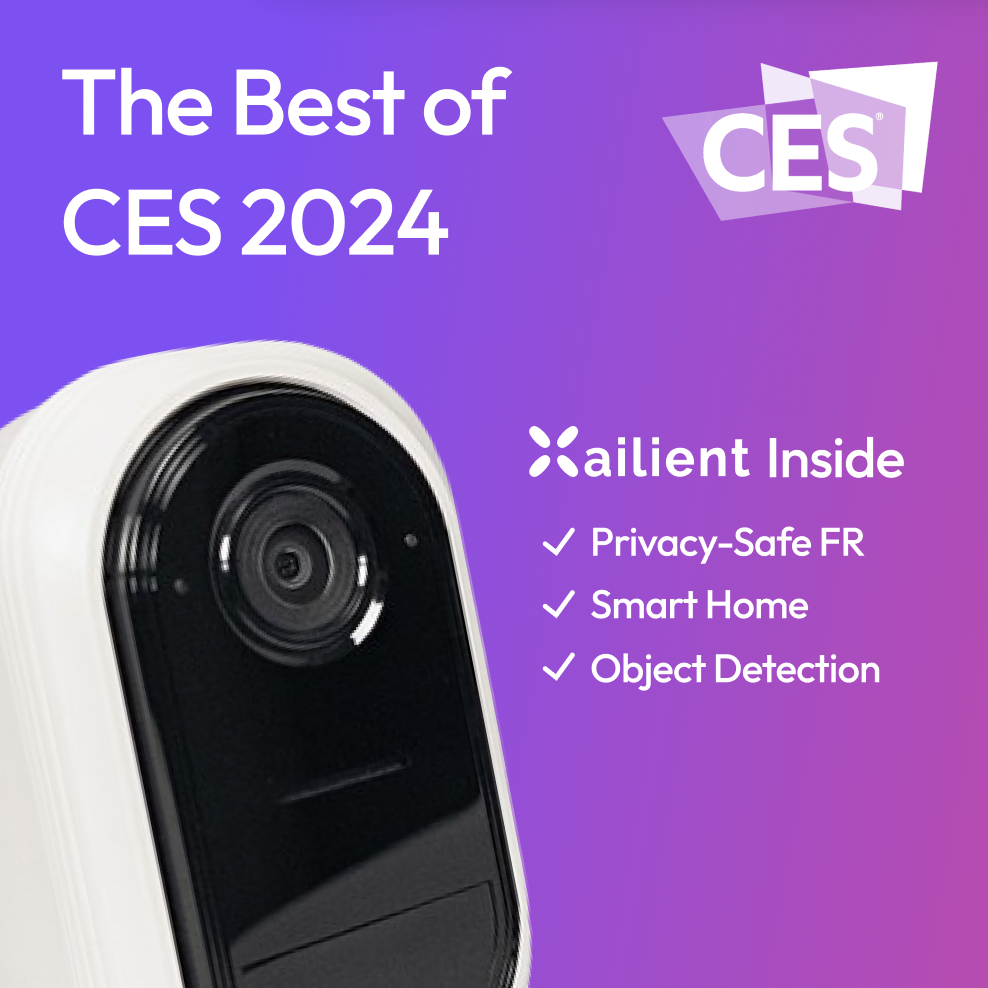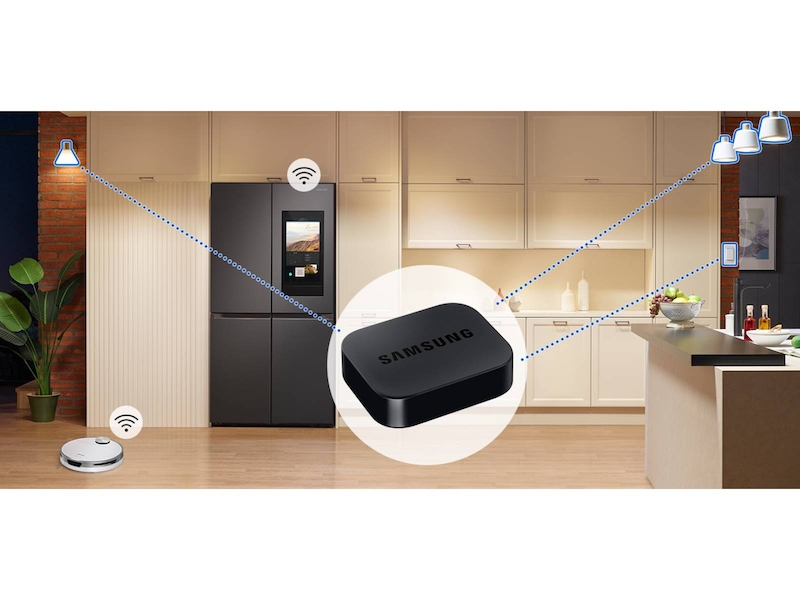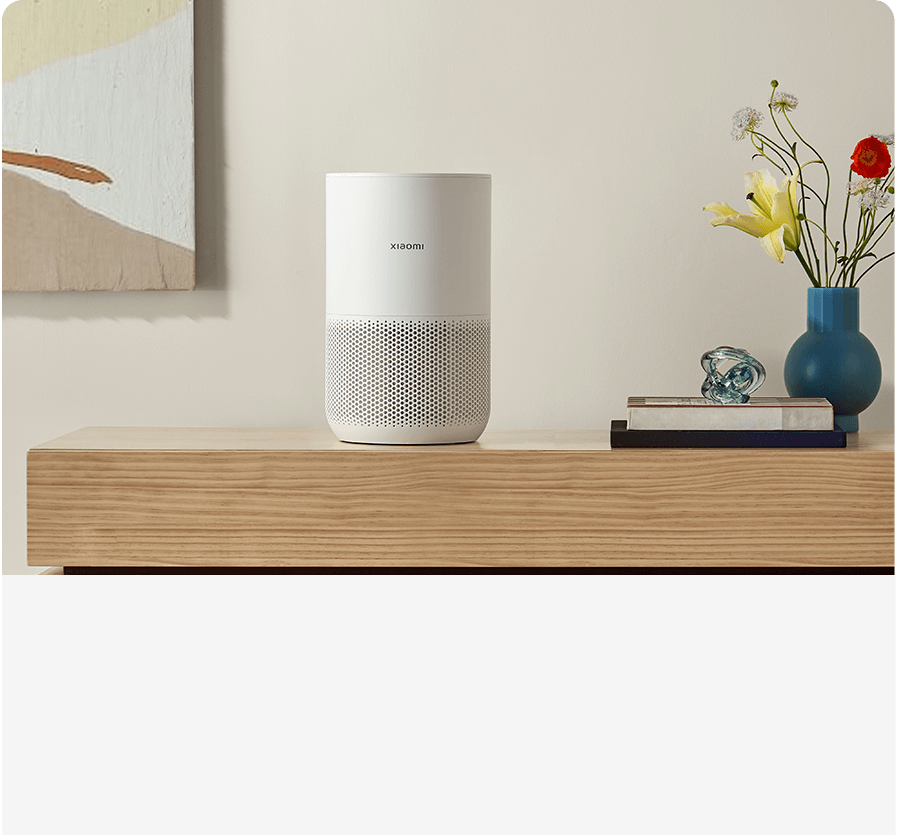Discover Pandipedia
Pandipedia is the world's first encyclopaedia of machine generated content approved by humans. You can contribute by simply searching and clicking/tapping on "Add To Pandipedia" in the answer you like. Learn More
Expand the world's knowledge as you search and help others. Go you!
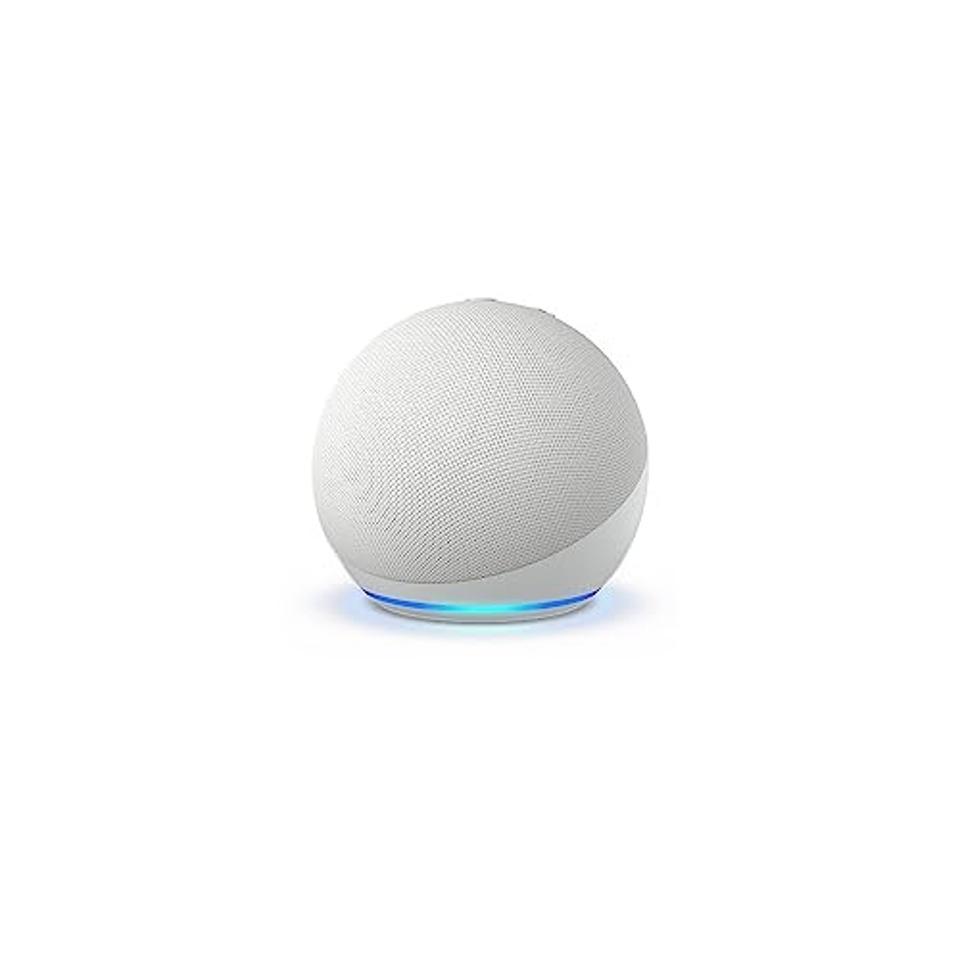
Amazon Echo Dot
A compact and affordable smart speaker that integrates Alexa, allowing you to control other smart home devices, set timers, and play music with voice commands[2].
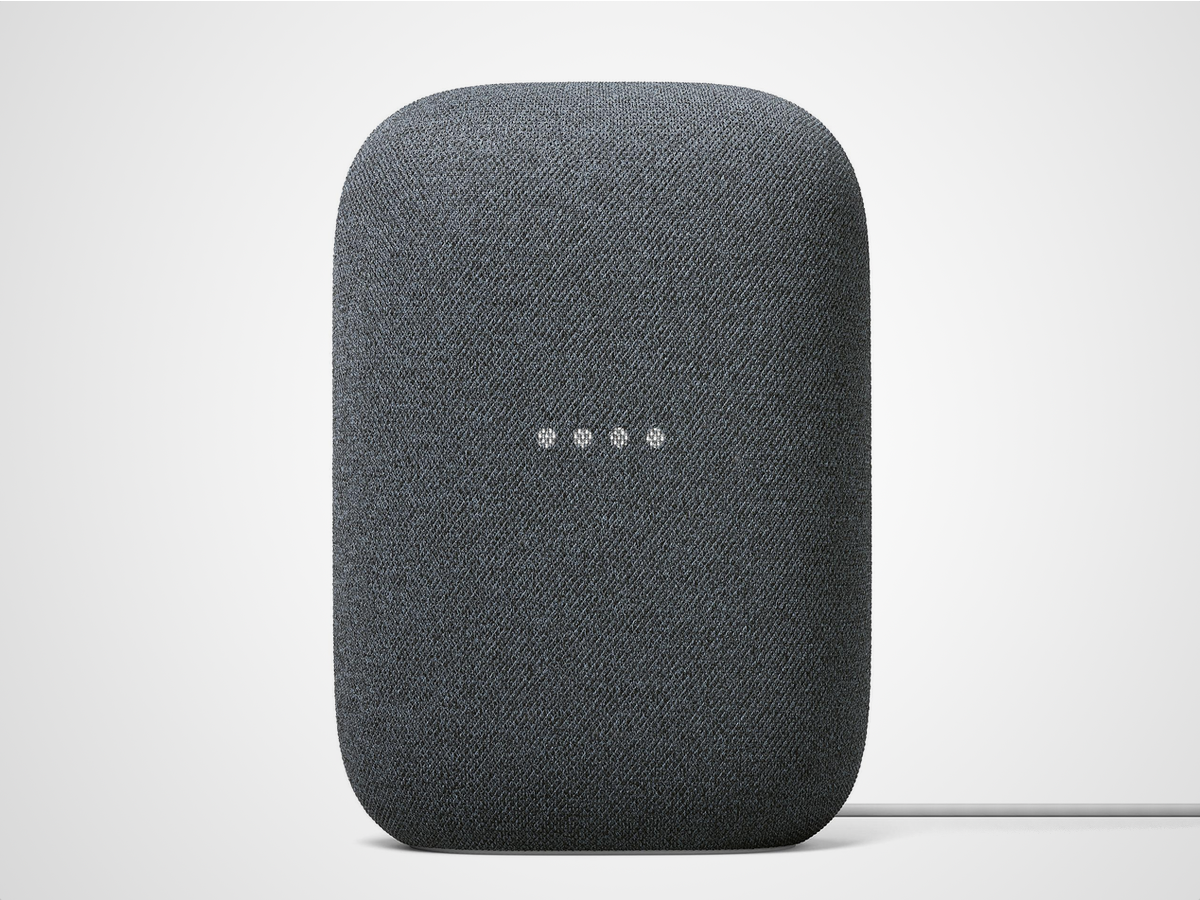
Google Nest Audio
A smart speaker that fits seamlessly into any decor and provides quality sound with excellent performance in controlling smart home functions, particularly for Google users[2][7].

Amazon Echo Show 8
A smart display that serves as a command center for controlling smart devices, offering a touchscreen interface, quality audio, and Alexa integration[8][9].
Google Nest Hub (2nd gen)
A smart display that features Google Assistant and offers functions like recipe guidance, smart home control, and sleep tracking, with a compact design[4][8].
Philips Hue White Starter Kit
Includes smart bulbs and a hub to connect them to other smart home devices, allowing adjustable brightness with support for various ecosystems[8][9].
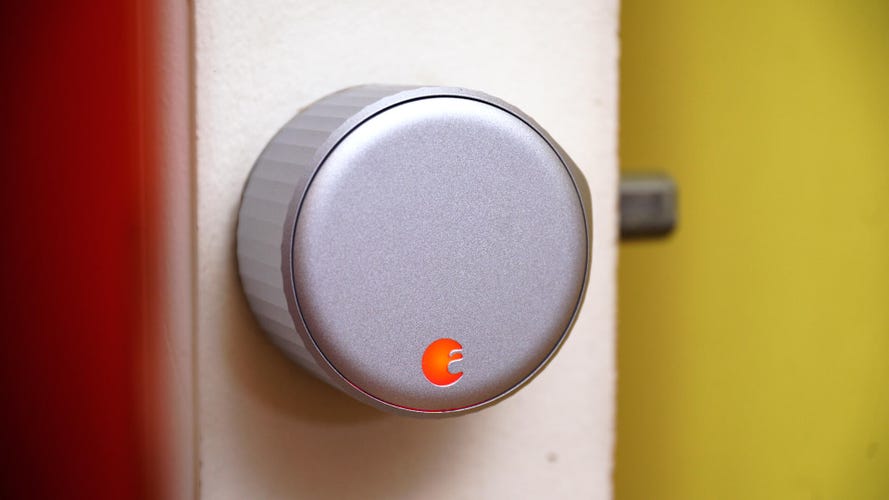
August Wi-Fi Smart Lock
A smart lock that installs over existing deadbolts, allowing for keyless entry and compatibility with Alexa, Google Assistant, and Apple HomeKit[8][9].

Nest Learning Thermostat
A smart thermostat that learns your habits to optimize temperature control and save on energy bills while being compatible with various smart assistant platforms[7][9].
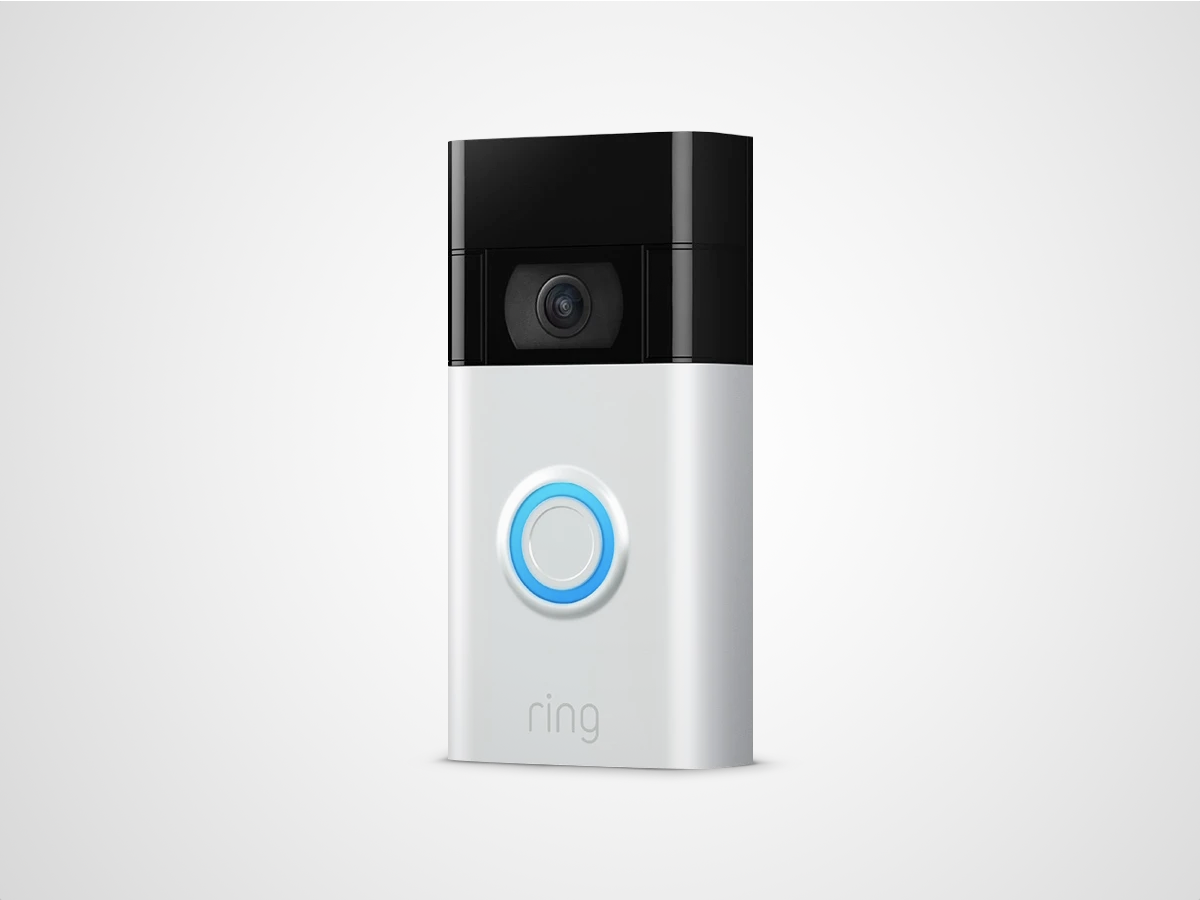
Ring Video Doorbell
A video doorbell that lets you see and communicate with visitors at your door from anywhere, offering features like motion detection and live video streaming[2][7].

Arlo Pro 5S
A high-resolution outdoor security camera with a 160-degree field of view, night vision, and smart notifications for specific events like people detection[7][8].

TP-Link Kasa Smart Plug
A versatile smart plug that allows you to control devices remotely, set schedules, and integrate with Alexa and Google Assistant, all while being compact in size[6][8].
Roborock S8 MaxV Ultra
An intelligent hybrid robot vacuum and mop that can navigate around obstacles, conduct live video feeds, and clean autonomously[1].
Lockly Visage
A smart lock that utilizes facial recognition technology for secure, hands-free entry, allowing up to 100 facial profiles[1].
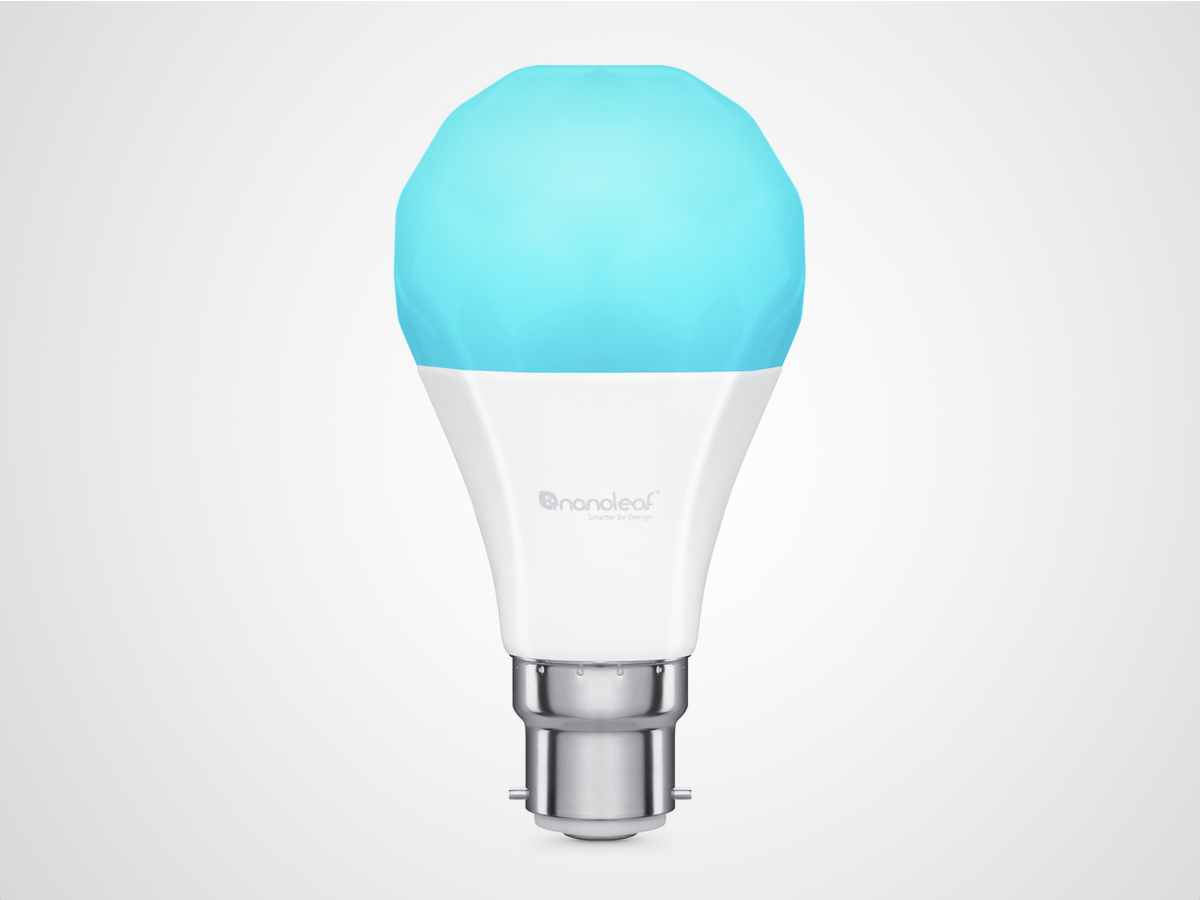
Nanoleaf Essentials A19
Smart light bulbs offering millions of color options and scheduling features without needing a hub to connect to your smart home network[3][5].

Ecobee Smart Thermostat Premium
A stylish thermostat that offers remote temperature control, integrates with various platforms, and provides air quality monitoring[9].

Blink Security Cameras
Affordable, easy-to-install outdoor cameras offering HD live view with motion detection and compatibility with Alexa[8].
Meross Smart Plug
A waterproof smart plug designed for outdoor use, compatible with multiple smart home platforms for remote device management[6][8].
Eufy Indoor Cam 2K
A compact indoor security camera that provides high-resolution video and integrates with various smart home systems for security monitoring[8].
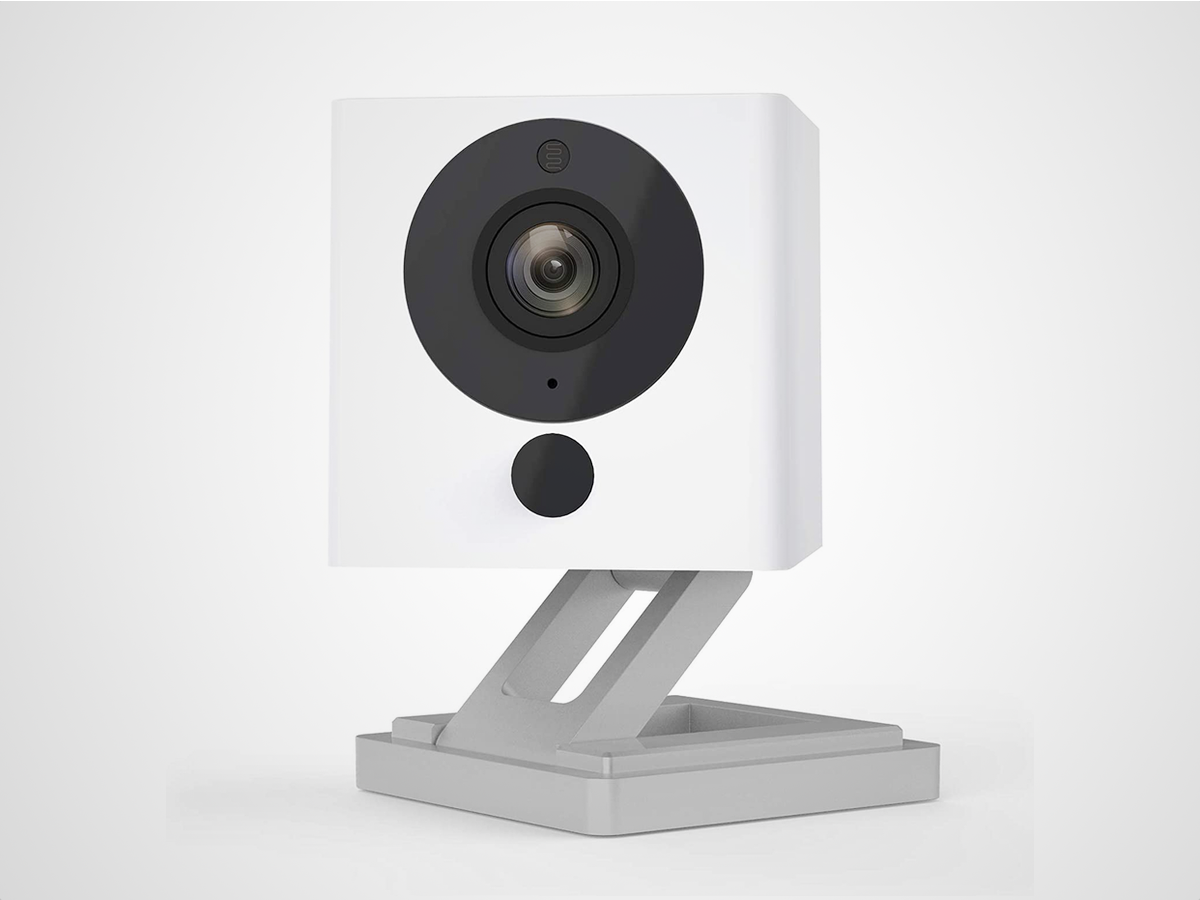
Neos SmartCam
An affordable indoor camera that allows live streaming and motion alerts through its companion app[2][5].
Abode Edge Camera
A high-range wireless security camera designed for large properties, featuring a long-lasting battery and advanced connectivity options[1].

Eufy S330 Floodlight Camera
An outdoor camera with strong floodlights and smart detection features, useful for monitoring backyards and driveways[7].
Samsung SmartThings Hub
A central hub that allows seamless control of multiple smart home devices, leveraging various communication protocols[8][9].
Govee Smart Outdoor Lights
Weatherproof lighting solutions that sync with music and can be controlled through a smartphone app for enhanced outdoor ambiance[1].
Xiaomi Mi Smart Air Purifier
A smart device to monitor and improve indoor air quality, with remote control through a dedicated app[5].

Honeywell Home T9 Smart Thermostat
A thermostat that offers intelligent scheduling and mobile control while working with smart home ecosystems[7].
Netatmo Weather Station
A smart device that monitors environmental conditions at home and provides insights through a smartphone app[3].
Let's look at alternatives:
- Modify the query.
- Start a new thread.
- Remove sources (if manually added).
- Request a manual search from our human research team.

Creating a consistent nighttime routine is essential for improving sleep quality and overall well-being. A well-structured routine signals your body that it’s time to wind down, making it easier to fall asleep and stay asleep. Here’s how to establish an effective night routine based on proven strategies and expert recommendations.
Set a Consistent Sleep Schedule
A reliable sleep schedule is crucial for regulating your body’s internal clock. Aim to go to bed and wake up at the same time every day, including weekends. This consistency helps reinforce your sleep-wake cycles, making it easier to fall asleep and wake up refreshed[1][2][9]. Establishing a set timeframe for your sleep allows your body to anticipate rest, which contributes to better sleep quality.
Time Management Before Bed
Begin preparing for sleep at least 30 to 60 minutes before your designated bedtime. Allocate this time for winding down and engaging in relaxing activities, which alerts your mind and body to transition from the hustle of the day to rest[3][6]. Activities like reading, listening to calming music, or practicing gentle yoga can promote relaxation and signal that it’s time for sleep[2][9][10].
Create a Relaxing Environment
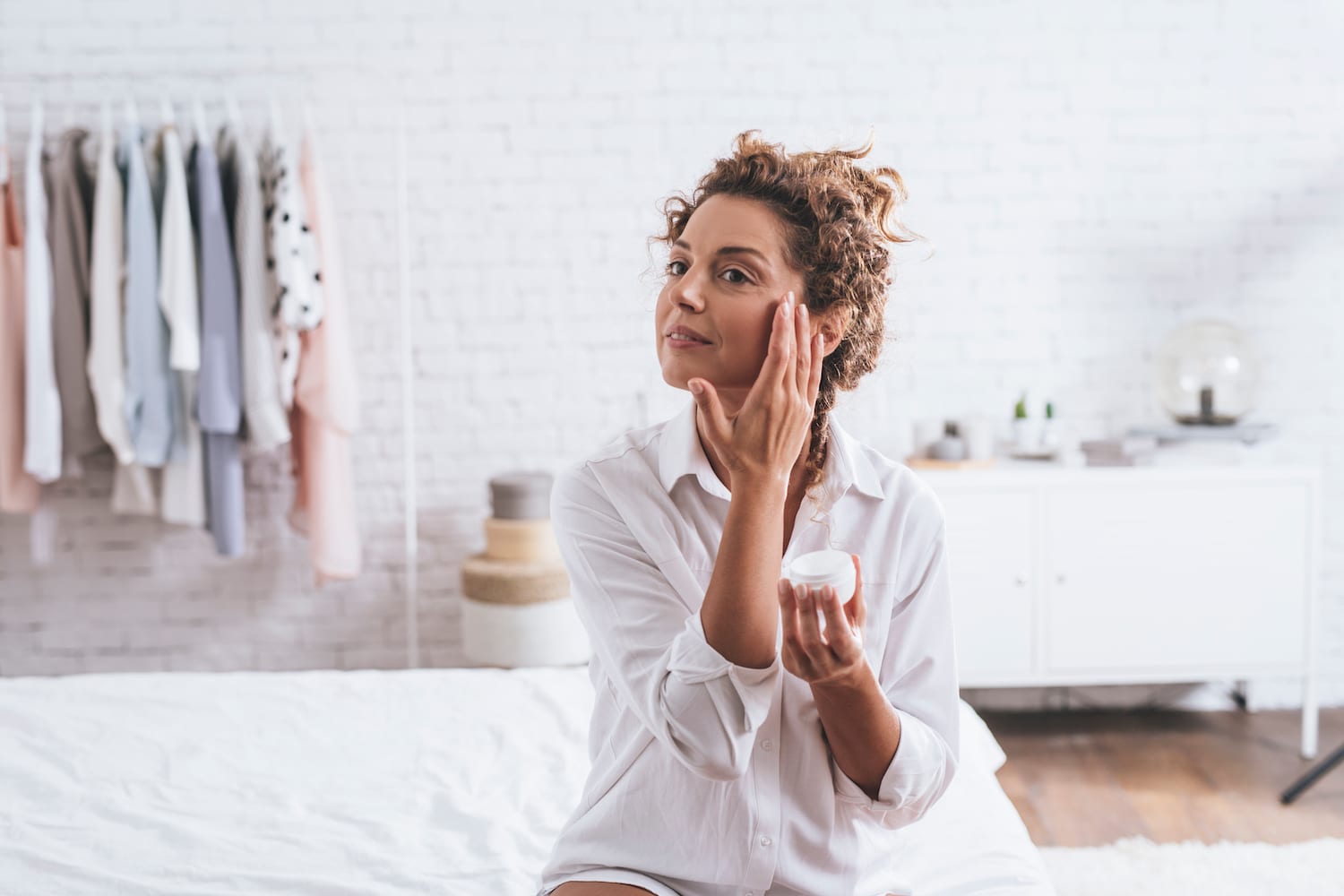
Your sleep environment plays a vital role in the quality of your rest. It should be conducive to sleep, meaning it should be cool, dark, and quiet. Aim to set your bedroom temperature between 65 and 68 degrees Fahrenheit, which is considered optimal for most people[1][4]. Use blackout curtains, earplugs, or white noise machines to minimize disturbances from outside light and sound[3][8]. Additionally, removing electronic devices or placing them out of reach can help maintain a distraction-free environment, preventing sleep disruptions caused by notifications or screen time before bed[1][11].
Limit Stimulating Activities
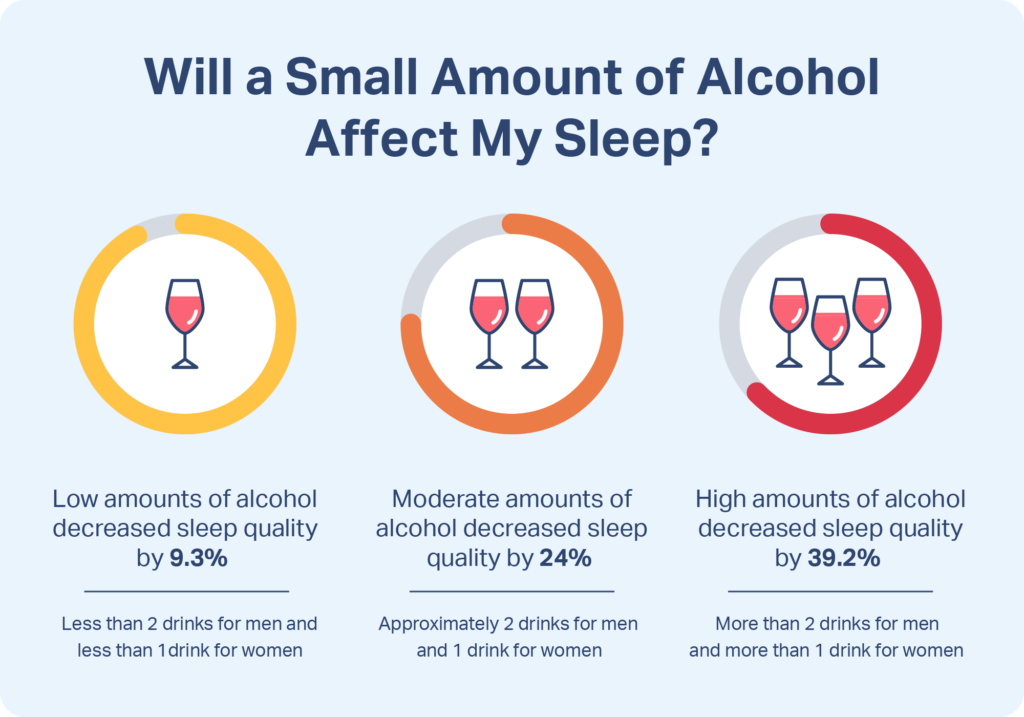
Reducing stimulating activities in the evening can significantly improve your ability to fall asleep. This includes avoiding caffeine and heavy meals within several hours of bedtime, as these can lead to discomfort and make it harder to rest[9][10]. Instead, focus on light snacks or calming herbal teas, such as chamomile, which can aid relaxation. Additionally, heavy exercise close to bedtime can also interfere with sleep; therefore, it's advisable to conclude any vigorous workouts at least an hour or two before sleep[6][12].
Wind Down with Calming Rituals
Incorporating soothing rituals into your bedtime routine can help you relax before sleep. Consider practices such as:
Meditation or Deep Breathing: These techniques can calm the mind and body, reducing anxiety and promoting relaxation[2][7]. Simple meditation practices can help clear your head of stressful thoughts, making it easier to drift off.
Warm Baths or Showers: Taking a warm shower or bath an hour before bed can help lower your body temperature post-bath, signaling to your body that it’s time to sleep[1][11].
Mindful Journaling: Spend a few minutes reflecting on your day or jotting down thoughts and worries. This practice can free your mind from racing thoughts and prepare you for rest[6][10].
Disconnect from Electronics
One of the most effective ways to improve sleep hygiene is to limit screen time before bed. The blue light emitted by phones, tablets, and computers suppresses the production of melatonin, the hormone responsible for sleep[7][11]. Aim to turn off all electronic devices at least an hour before bed to allow your body to produce melatonin effectively. Instead, engage in non-stimulating activities like reading a physical book or listening to soft music.
Ensure a Comfortable Sleep Space
Your sleeping area should be entirely dedicated to rest. Avoid using your bed for activities other than sleep and intimacy, as this can create associations that hinder your ability to fall asleep easily[8][11]. Keep your bedding comfortable and ensure your mattress is appropriate for your needs—this contributes greatly to a good night’s sleep.
Adjust Food and Drink Intake
Be mindful of what you consume in the hours leading up to bedtime. Avoid large meals, caffeine, alcohol, and nicotine, as these can interfere with your ability to fall asleep or stay asleep[3][9]. Instead, if you’re hungry, a light snack can be helpful.
Conclusion
Establishing a nighttime routine that incorporates these practices can lead to improved sleep quality, which in turn enhances daily functioning and overall health. By setting a consistent sleep schedule, creating a relaxing bedtime environment, disconnecting from stimulating activities, and practicing calming rituals, you cultivate the conditions necessary for a restorative night’s sleep. Make it a priority to implement these steps, and you may find the perfect path to peaceful slumber.
Let's look at alternatives:
- Modify the query.
- Start a new thread.
- Remove sources (if manually added).
- Request a manual search from our human research team.
Get more accurate answers with Super Search, upload files, personalised discovery feed, save searches and contribute to the PandiPedia.
Let's look at alternatives:
- Modify the query.
- Start a new thread.
- Remove sources (if manually added).
- Request a manual search from our human research team.
Let's look at alternatives:
- Modify the query.
- Start a new thread.
- Remove sources (if manually added).
- Request a manual search from our human research team.

Stand-up comedy, as we know it today, has a rich history that traces its roots back to the late 19th century, evolving through various entertainment forms and societal changes. This art form is characterized by a comedian addressing a live audience with the goal of eliciting laughter through a blend of rehearsed material and spontaneous interaction.
Origins in Early Entertainment
The ancestors of modern stand-up can be seen in early American humor, particularly the comic lecturers of the 19th century, such as Mark Twain, who captivated audiences with humorous storytelling on touring circuits. This period set the stage for the emergence of stand-up, which gained momentum in vaudeville during the early 20th century. Vaudeville acts featured a combination of comedy, music, and variety performances, but they often included structured routines with performers interacting in comedic ways, providing a foundation for solo performances that defined stand-up comedy later on[2][9].
The Rise of Vaudeville

Vaudeville, particularly popular in the United States, included not only comic acts but a variety of performance styles, which blended to create a rich environment for comedy to flourish. Comedians began delivering one-person monologues, emphasizing brevity and punchy content, as exemplified by figures like Frank Fay, who was pivotal in shaping the modern stand-up style[8][9]. Notably, the Borscht Belt—a collection of resorts catering primarily to Jewish clientele—developed a unique comedic style characterized by fast-paced, gag-filled monologues focusing on relatable themes such as familial relationships and societal quirks, paving the way for future generations of comics[8][9].
As vaudeville theaters began to fade in popularity due to the rise of film and radio, comedians transitioned to nightclubs and radio shows. This shift facilitated a new style of comedy that embraced storytelling and observational humor, marking a significant evolution in the comedic landscape[3][7].
Influential Comedians and Styles

In the mid-20th century, the comedy scene experienced a transformation. Figures like Lenny Bruce revolutionized stand-up by employing a more confrontational style that tackled social norms and political issues, prompting audiences to think critically about their beliefs[2][9]. Bruce’s work paved the way for subsequent comedians like George Carlin, who further pushed the boundaries of content and presentation. Carlin’s renowned bit 'Seven Words You Can Never Say on Television' became pivotal in the fight for freedom of expression in comedy, culminating in landmark Supreme Court rulings regarding obscenity[3][9][10].
The 1970s and 1980s saw a boom in stand-up comedy, with comedians such as Richard Pryor and Eddie Murphy influencing a more autobiographical and raw approach to performance. This era marked the emergence of the comedy club format, making the art form more accessible to a wider audience. Clubs like The Comedy Store in Los Angeles became breeding grounds for new talent, contributing to the diversification of comedic voices on stage[3][4][6][10].
The Golden Age of Television

As stand-up comedy gained traction, television played a crucial role in popularizing the genre. Shows like The Ed Sullivan Show and The Tonight Show provided platforms for comedians, often serving as launchpads for their careers. Successful appearances could catapult comedians into the limelight, showcasing their talent to a national audience[3][4]. This period also emphasized the importance of observational comedy, with comedians such as Jerry Seinfeld and Ellen DeGeneres refining the style to reflect the humor found in everyday life, resonating with broad audiences[1][7].
The Modern Scene and Cultural Impact

Entering the 21st century, stand-up comedy has continued to evolve, reflecting changes in society and culture. The rise of the internet and streaming services like Netflix has allowed comedians to reach global audiences, democratizing access to humor and enabling diverse styles to flourish[3][4][7]. Today, stand-up is not only a means of entertainment but also a powerful vehicle for social commentary, with comedians addressing critical issues such as race, gender, and politics, often through innovative formats that engage with contemporary cultural dialogues[2][4].
Moreover, the shift towards online platforms has influenced how comedians structure their routines, often incorporating audience interaction and real-time feedback in ways that were not possible in traditional live settings[6][10]. Events such as open mics and dedicated comedy festivals have provided avenues for emerging talent, fostering a new generation of comedians who continue to challenge conventions and explore fresh perspectives in their performances[1][7].
Conclusion
The history of stand-up comedy encapsulates a journey through various forms of entertainment, societal shifts, and cultural influences. From its origins in humor lectures and vaudeville to its current status as a respected and diverse art form, stand-up comedy remains a dynamic reflection of human experience and societal evolution. The genre continues to thrive, adapting to new mediums while maintaining its core essence: a performer engaging directly with an audience to evoke laughter and provoke thought.
Let's look at alternatives:
- Modify the query.
- Start a new thread.
- Remove sources (if manually added).
- Request a manual search from our human research team.

The start of World War II was triggered by Adolf Hitler's invasion of Poland on September 1, 1939. This invasion followed the signing of the German-Soviet Nonaggression Pact, which allowed Hitler to attack Poland without fear of a two-front war, as it included provisions for dividing Poland between Germany and the Soviet Union[1][3]. The subsequent declarations of war by Britain and France against Germany on September 3, 1939, marked the official beginning of the conflict[2][3].
Let's look at alternatives:
- Modify the query.
- Start a new thread.
- Remove sources (if manually added).
- Request a manual search from our human research team.
Get more accurate answers with Super Search, upload files, personalised discovery feed, save searches and contribute to the PandiPedia.
Let's look at alternatives:
- Modify the query.
- Start a new thread.
- Remove sources (if manually added).
- Request a manual search from our human research team.

Signs of good mental health include the ability to think, feel, and react in ways that allow you to live fully and independently. This encompasses feeling positive about yourself, forming satisfying relationships, and possessing the resilience to overcome challenges[3]. Additionally, a person with good mental health can manage a range of emotions, maintain daily routines, and engage in enjoyable activities[3][4].
Moreover, mentally healthy individuals express gratitude, look forward to experiences, and let go of grudges. They appreciate simple pleasures, help others, set personal boundaries, and remain content with their lives without comparison to others[2][1]. Overall, good mental health allows for emotional stability and positive social interactions.
Let's look at alternatives:
- Modify the query.
- Start a new thread.
- Remove sources (if manually added).
- Request a manual search from our human research team.
Let's look at alternatives:
- Modify the query.
- Start a new thread.
- Remove sources (if manually added).
- Request a manual search from our human research team.

Emerging digital nomad tech trends for 2025 include significant advancements in communication and collaboration tools. Platforms such as Slack, Microsoft Teams, and Zoom facilitate real-time connectivity among remote workers, while project management software like Notion and Google Workspace enhances teamwork and transparency regardless of location[1].
Additionally, cloud computing technologies, such as Google Drive and Dropbox, enable digital nomads to access and store files securely from anywhere, reducing the risk of data loss[1]. The incorporation of AI and automation in content creation and customer support is also gaining traction, further streamlining the remote work experience[2].
Let's look at alternatives:
- Modify the query.
- Start a new thread.
- Remove sources (if manually added).
- Request a manual search from our human research team.


